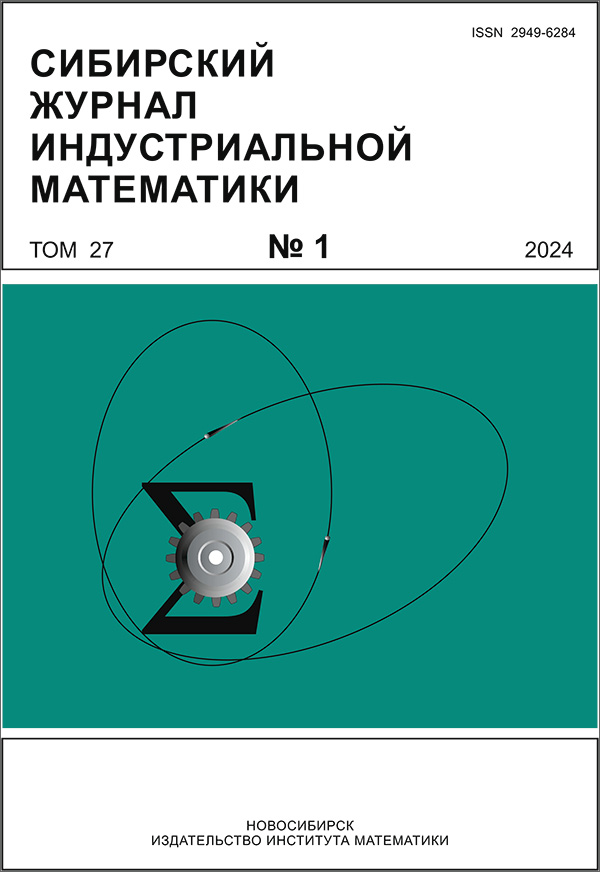|
|
Sibirskii Zhurnal Industrial'noi Matematiki, 2003, Volume 6, Number 2, Pages 64–80
(Mi sjim448)
|
 |
|
 |
This article is cited in 42 scientific papers (total in 42 papers)
Problems in the theory of the functioning of genetic networks
V. A. Likhoshvaia, Yu. G. Matushkina, S. I. Fadeevb
a Institute of cytology and genetics
Siberian Branch of the Russian Academy of Sciences
b Sobolev Institute of Mathematics, Siberian Branch of the Russian Academy of Sciences
Abstract:
We consider hypothetical genetic networks (HGN), which are theoretical objects constructed from elementary units of two types: matrix elements and regulatory mechanisms. Their operation is described by autonomous systems consisting ofn equations and related equations of a special form with retarded arguments. We give examples of HGN that have stable states, limit cycles, and attractors of a complicated nature. We introduce four classes of HGN that correspond to these regulatory relations and determine their canonical representations. For symmetric canonical HGN we formulate an (n,k)-criterion that enables us to predict in a certain parameter range their limit regimes of operation, i.e., to predict for the corresponding models the number and character of the stable limit states in them. In the case of HGN of the first and second classes, we formulate a conjecture on the one-to-one correspondence between the stable states and the 1-bases of directed structural graphs of these networks. In the case of HGN of the third and fourth classes, we formulate a conjecture on the one-to-one correspondence between the stable states and the 1m-bases of the directed structural graphs.
Received: 12.03.2003
Citation:
V. A. Likhoshvai, Yu. G. Matushkin, S. I. Fadeev, “Problems in the theory of the functioning of genetic networks”, Sib. Zh. Ind. Mat., 6:2 (2003), 64–80
Linking options:
https://www.mathnet.ru/eng/sjim448 https://www.mathnet.ru/eng/sjim/v6/i2/p64
|

| Statistics & downloads: |
| Abstract page: | 852 | | Full-text PDF : | 271 | | References: | 80 |
|




 Contact us:
Contact us: Terms of Use
Terms of Use
 Registration to the website
Registration to the website Logotypes
Logotypes









 Citation in format
Citation in format 